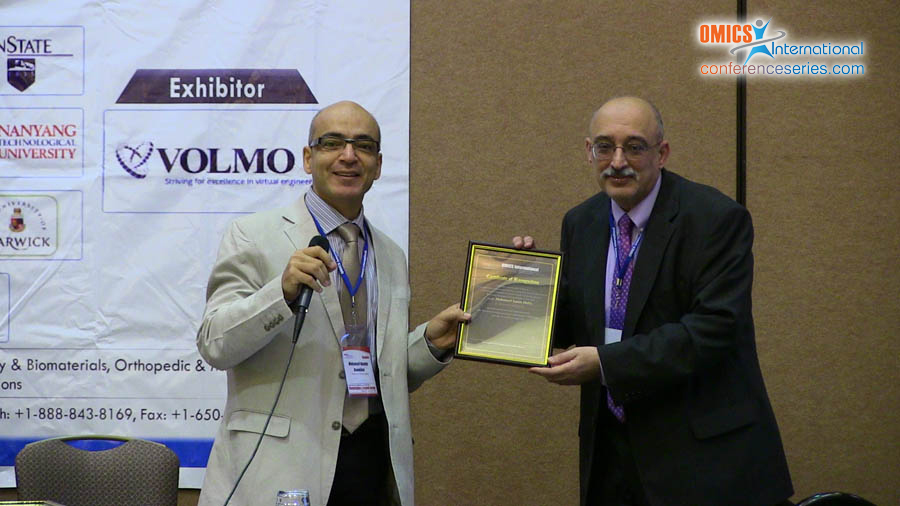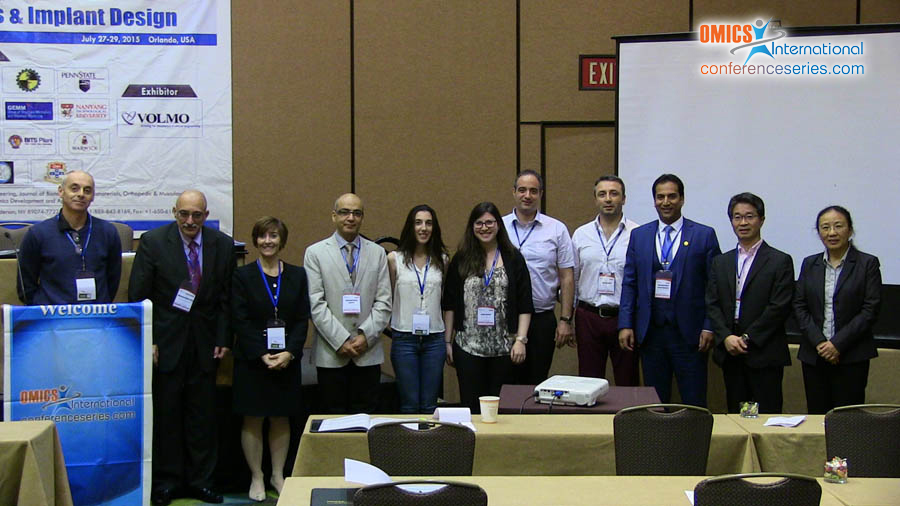
Mohamed Hamdy Doweidar
University of Zaragoza
Spain
Title: A 3D numerical model of cell differentiation and proliferation
Biography
Biography: Mohamed Hamdy Doweidar
Abstract
Mesenchymal stem cells (MSCs) have the ability to differentiate into many cell phenotypes such as fibroblasts, chondrocytes, osteoblasts and neuronal precursors. Experimental studies have demonstrated that mechanical characteristics of the substrate, such as substrate stiffness, fluid flow and mechanical forces can govern their fate even in absence of biochemical factors. However, the signaling mechanism behind this process is not well understood. The main objective of the present work is to develop a numerical model to study the influence of substrate mechanical conditions on cell differentiation, proliferation and apoptosis. To formulate the model, a discrete finite element approach has been appreciated. For the sake of simplification, it is assumed that the cells have a spherical shape; however it is possible to consider any other cell configuration. We consider that these processes are related to the received mechanical signals by cells and its maturation time. It is assumed that the cell fate is governed by the cell internal deformation experimented during cell migration. Consistent with experimental observations, our findings indicate that within soft (0.1-1 kPa), intermediate (20-25 kPa) and hard (30-40 kPa) substrates MSCs proliferate and then differentiate into neuroblasts, chondrocytes and osteoblasts, respectively. The traction force generated by a specific cell phenotype can increase (osteoblasts and chondrocytes) or decrease (neuroblast) during differentiation. In contrast, in all cases the proliferation of a typical cell considerably increases the average cell traction force due to the cell-cell interaction. Hence, greater the substrate stiffness, the higher is the cell differentiation and proliferation rate.





